West System G/ Flex Epoxy 650-8 Latest Collections Sale Online
$34.95 Original price was: $34.95.$30.06Current price is: $30.06.
Free Shipping On Orders Over $50.
- The 650-8 kit contains 4 oz. each of viscous liquid G/flex 650 resin and hardener. Mixing ratio is 1:1.
- Mixed G/flex 650 is of a heavy “syrup” consistency. It will run off a vertical surface. 650 can be thickened with inert filling materials.
- G/flex is a product of West System, a navision of Gougeon Brother’s, Inc. The Gougeon brothers have been using epoxy resins in boat building and repair for some 50 years.
- It makes structural bonds that can absorb the stresses of expansion, contraction, shock and vibration.
- In addition to its superior bonding to many different materials and its ability to bond dissimilar materials, G/flex is much more flexible than other epoxies. This is an excellent property for boat building and repair.
- Polyethylene (HDPE) is a common kayak and canoe material. Its molecular structure resists gluing by most adhesives. G/flex solves the problem; it bonds well to polyethylene and ABS plastics.
- At 72 degrees F pot life is 45 minutes. Working time is 75 minutes. It cures to a solid in three hours and cures to its full strength in one to two days. It cures faster in warmer temperatures and slower in colder ones.
- Clean up is simple. Wipe up spills with absorbent materials. Clean residue before it cures, with alcohol or acetone.
- G/flex adheres tenaciously to difficult-to-glue hardwoods, both tropical and domestic varieties.
- It has the ability to glue damp woods. It can be used on wet surfaces, even underwater when applied with specific techniques.
- G/flex does indeed belong in every boater’s repair kit. The more you use it, the more uses you’ll find for it – with your boating gear and other sporting and household items. It’s easy to mix and use. The instructions that come with the kit are top notch.
How to use: Mix the 1:1 ratio of G/flex 650 resin and hardener from the 650-8 kit. Use it within the pot life (45 minutes at 72 degrees F) and work time (75 minutes at 72 degrees F). Apply on various materials like plastic, fiberglass, aluminum, etc. Note: It has a heavy “syrup” consistency and may run off vertical surfaces, but can be thickened. It cures faster in warm temps and slower in cold. Cleanup: Wipe spills with absorbent materials. Clean residue with alcohol or acetone before it cures. Maintenance: Keep it in a cool place. Check the expiration date. It bonds well to many materials but test on a small area first if bonding dissimilar materials. It can be used on damp or wet surfaces, even underwater with proper techniques. Remember, it’s great for boat repair but can also be used on other sporting and household items.
Be the first to review “West System G/ Flex Epoxy 650-8 Latest Collections Sale Online” Cancel reply
Related products
Adhesives, Sealants & Lubricants
Adhesives, Sealants & Lubricants
Adhesives, Sealants & Lubricants
Adhesives, Sealants & Lubricants
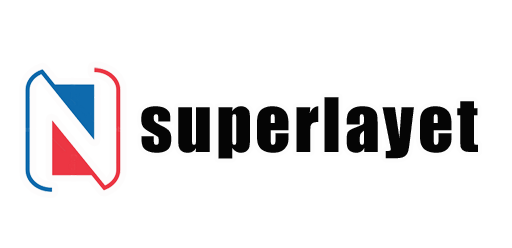
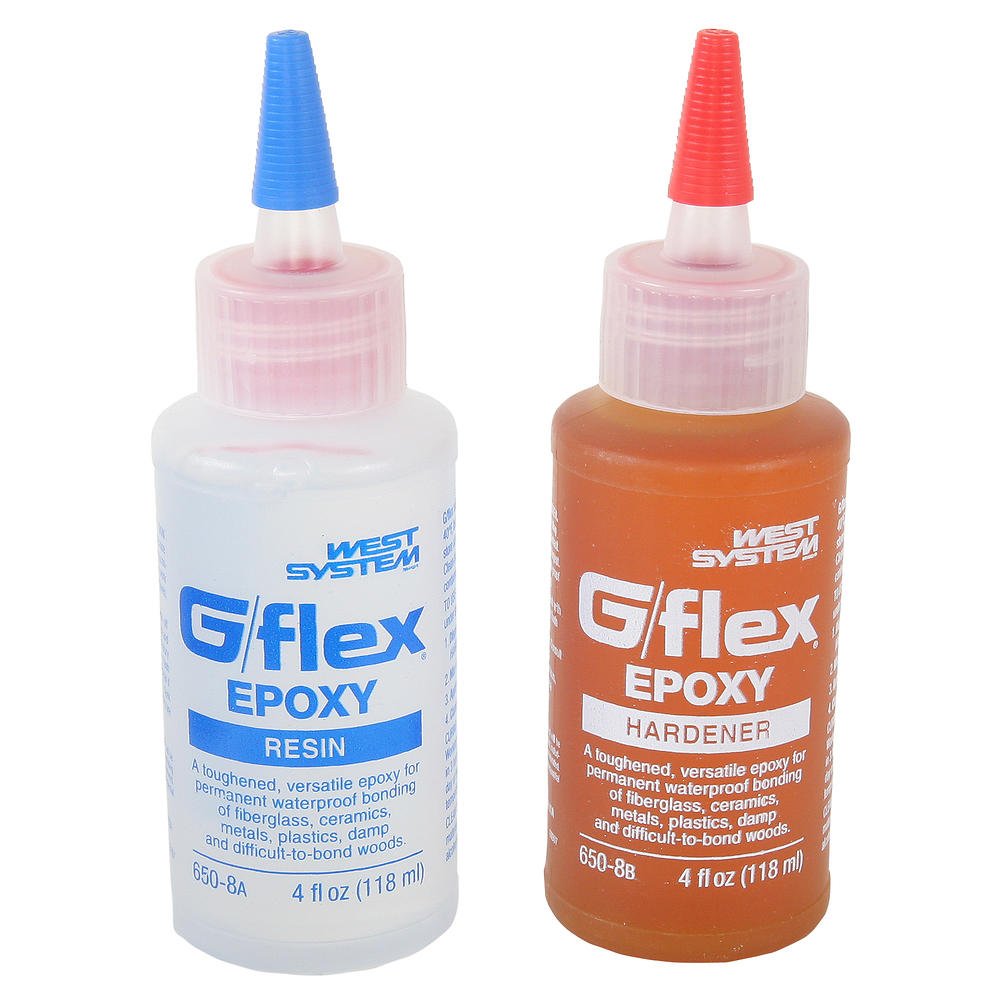
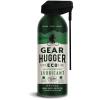
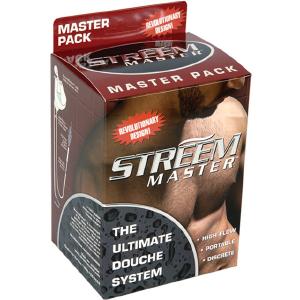

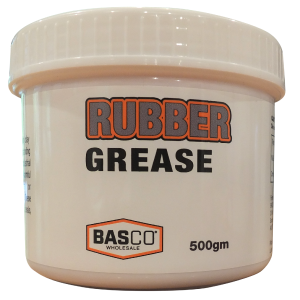
Reviews
There are no reviews yet.